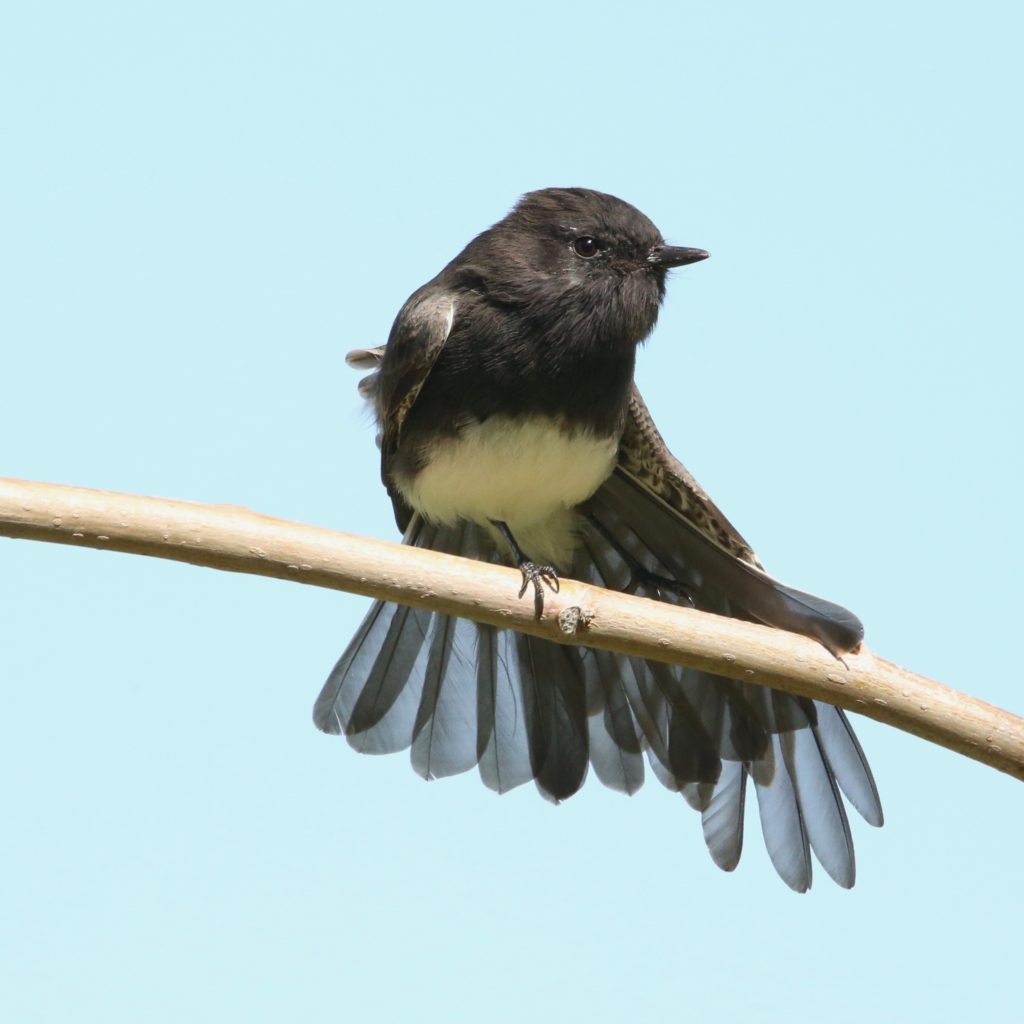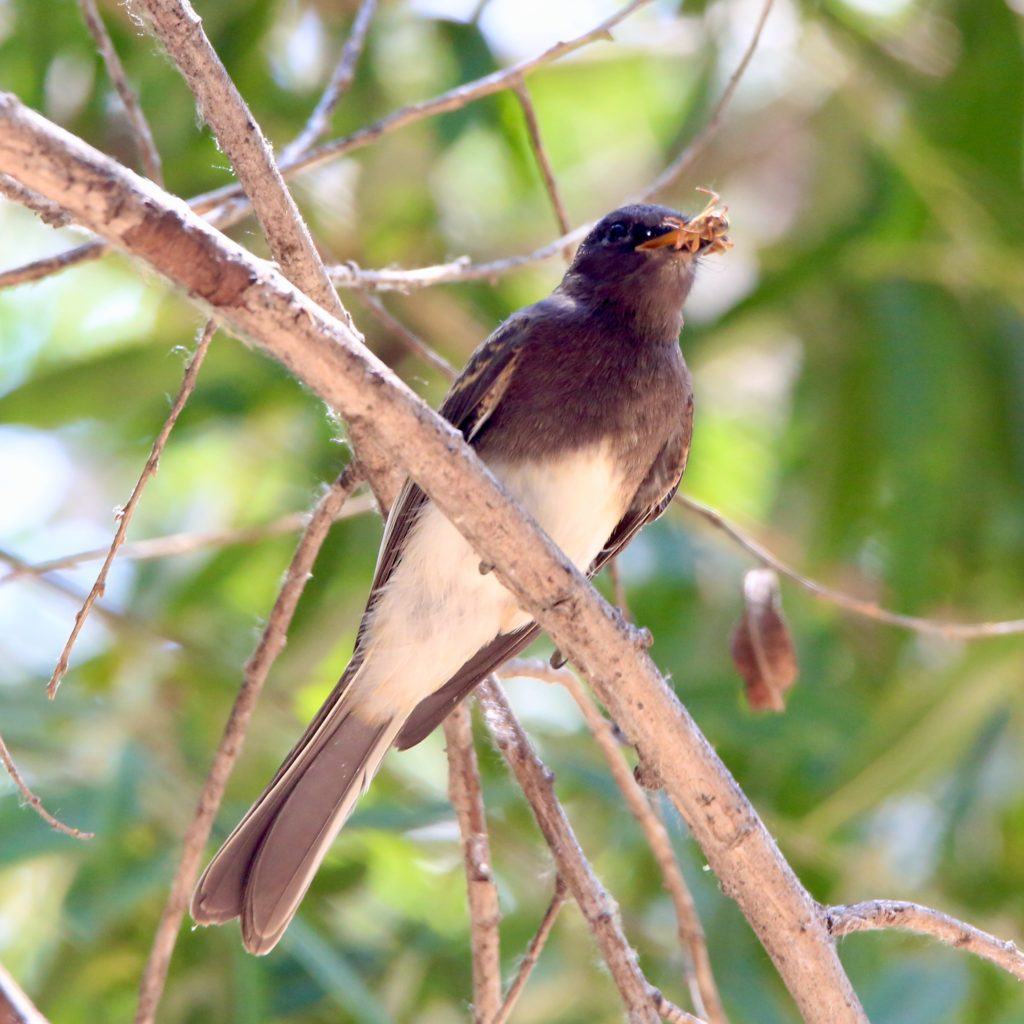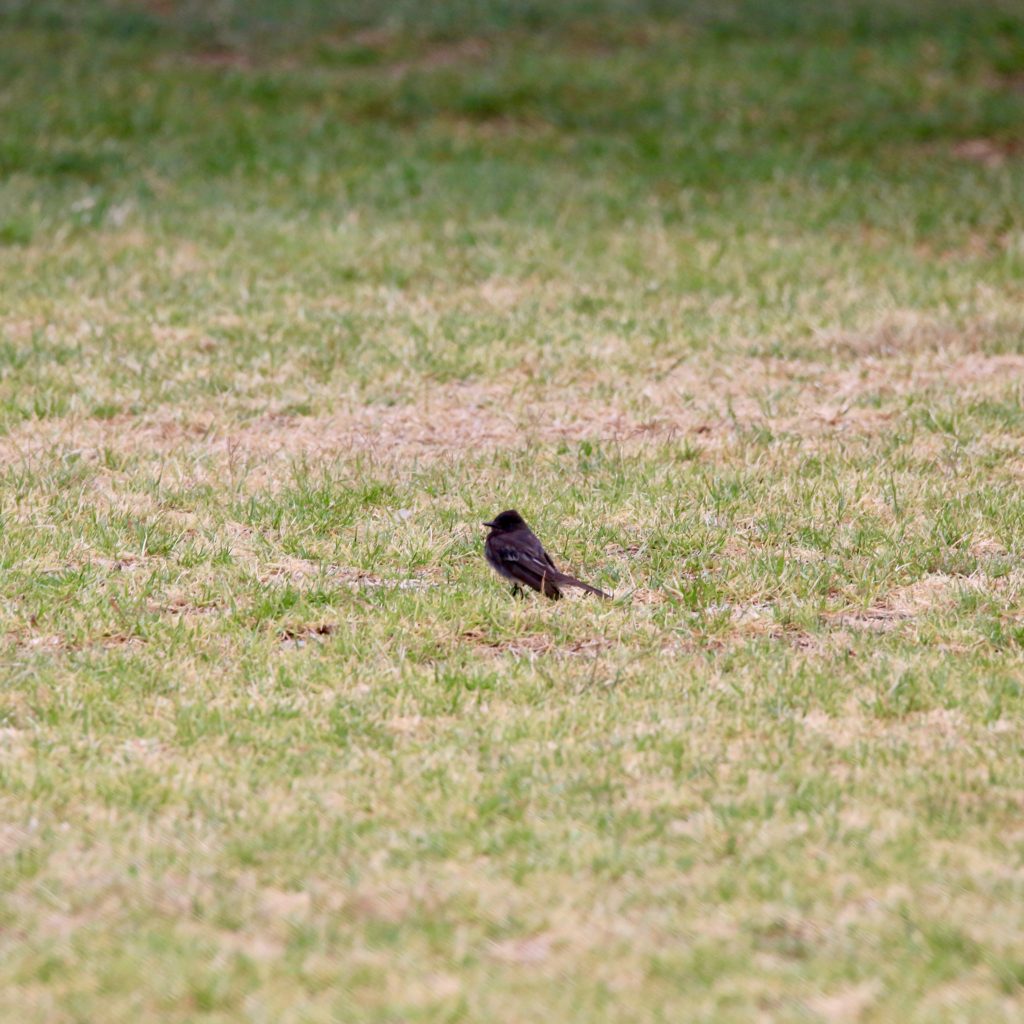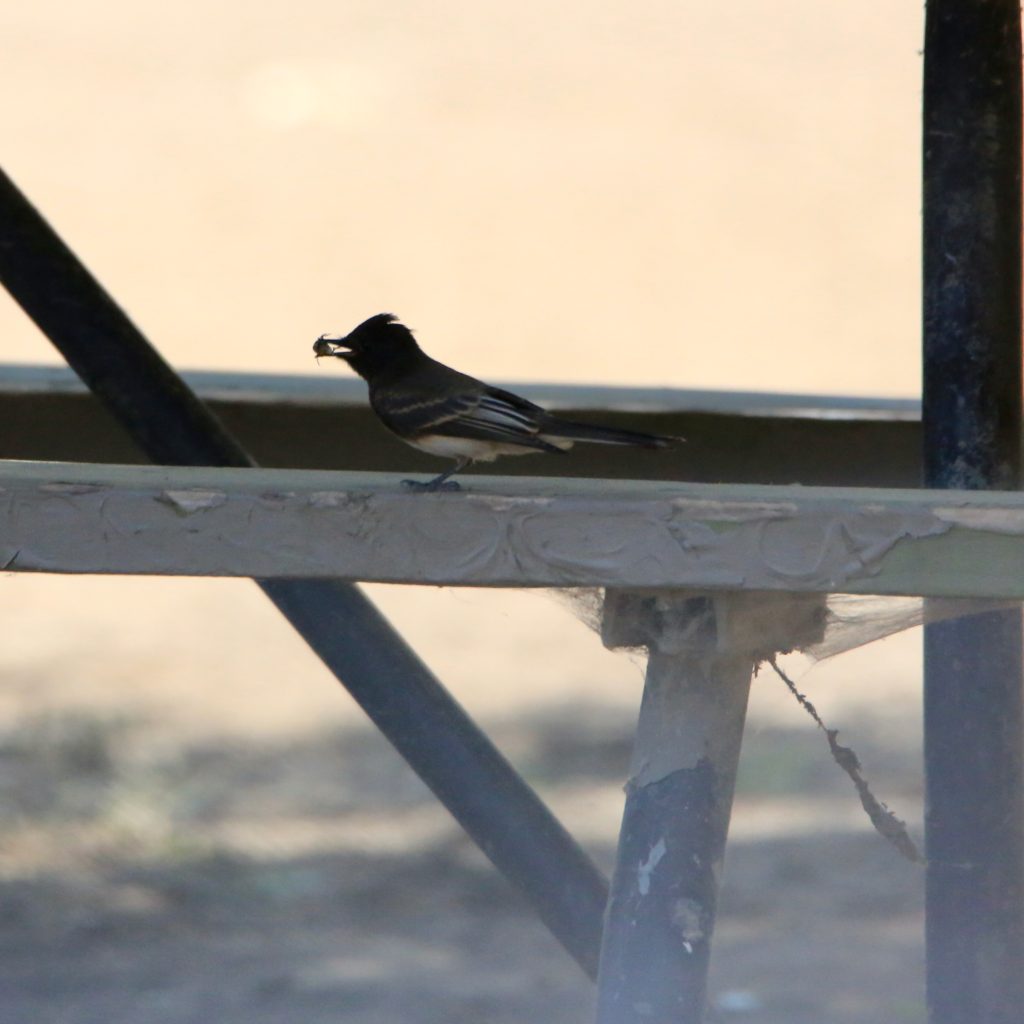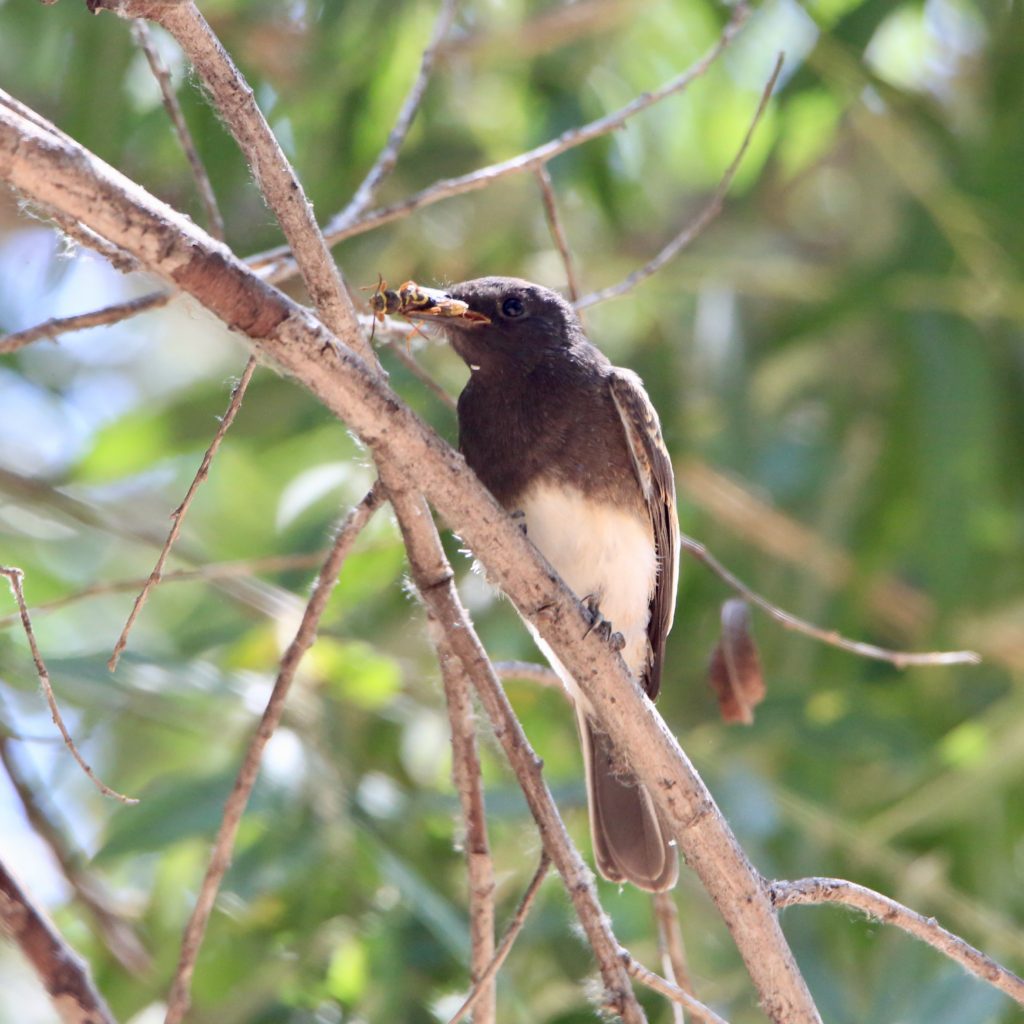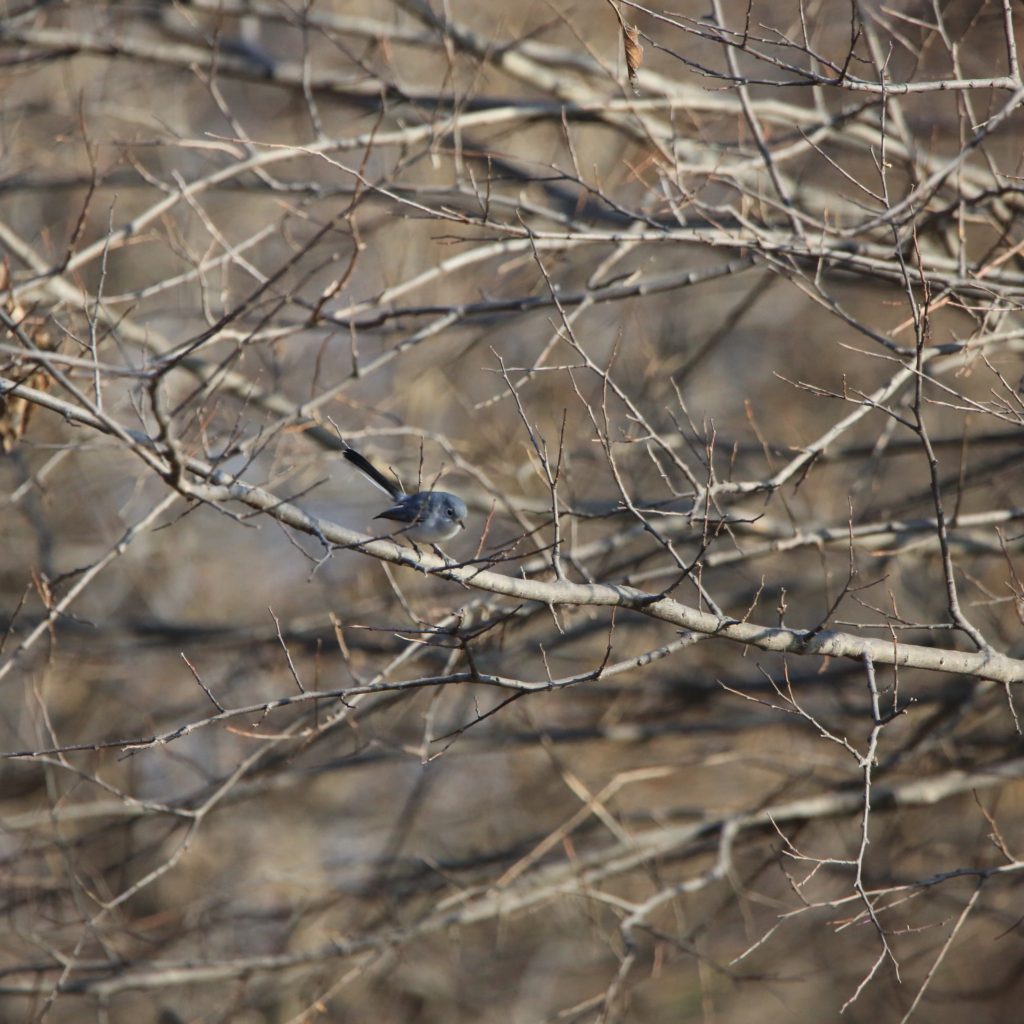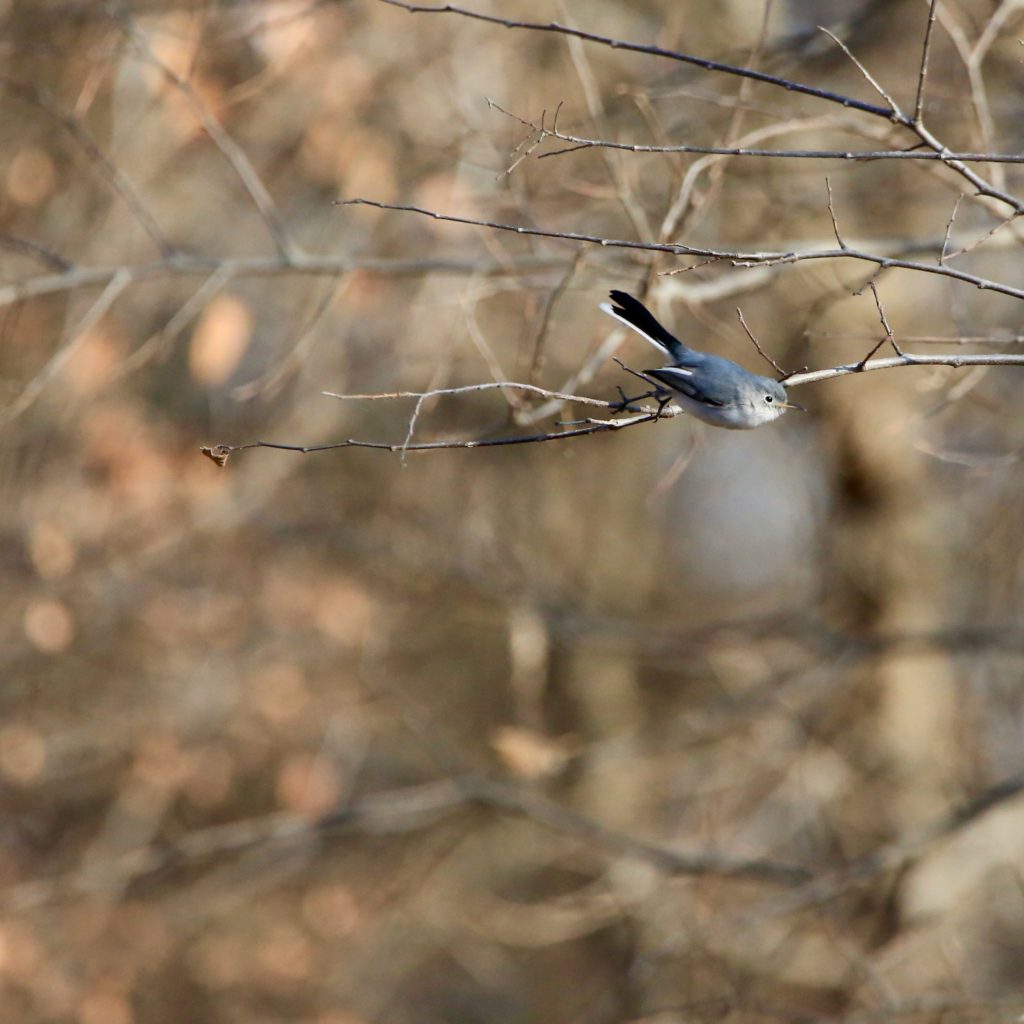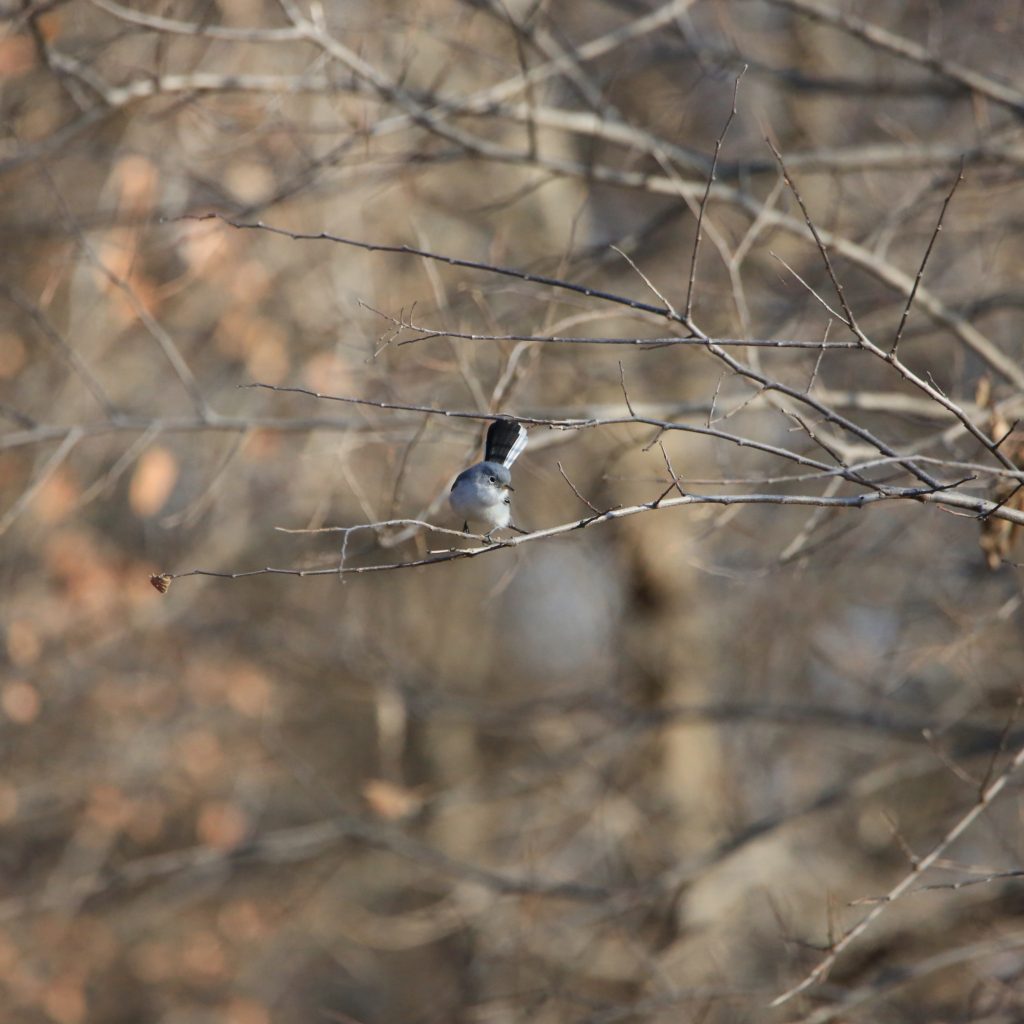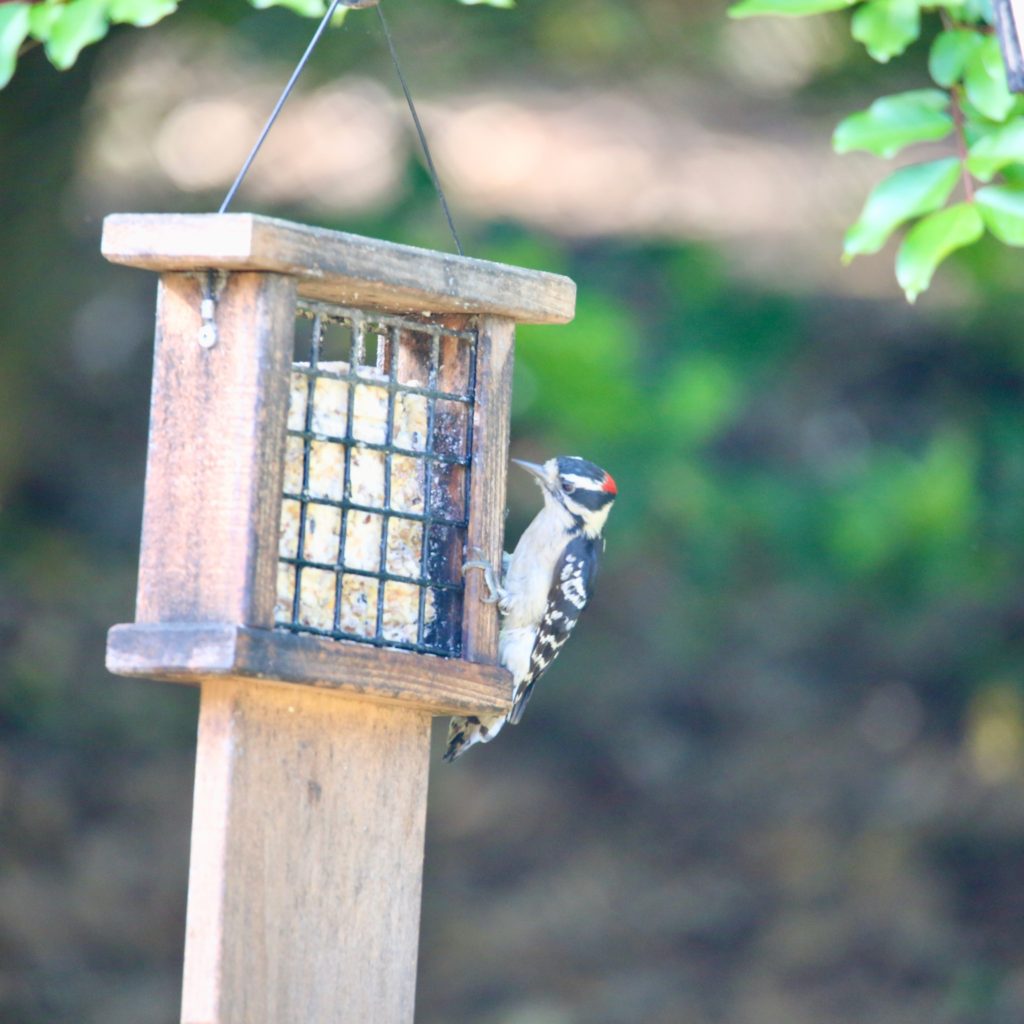
Bird Watching at Capitol Reef National Park
Share
The 241,904 acre Capitol Reef National Park was established in 1971. Part of it is in multiple counties, including Emery, Garfield, Sevier, and Wayne. In Wayne County, parts of the Capitol Reef park were used to be called the Wayne Wonderland. The park has documented countless bird species, even if birdwatching is not the first thing people associate with this park.
Major Attractions at Capitol Reef National Park
One of the best parts of visiting the Capitol Reef National Park is having the unique opportunity to pick fruits. The Fruits used to be a place for the Mormon community, but most have left since the park was established. However, for visitors, the orchards and fields are still present. It is also where you are likely to come across some bird species. Close to the Fremont River and the orchard trees, 71 campsites are made close to each other. Camping is definitely one of the highest, revered activities in the park. Not only are the sites proper for holding up tents, but people can also park their RVs here. Reservation starts around November and March. If you plan to camp there, it is recommended you reserve a spot in advance. Otherwise, the sites get filled up startlingly fast.
The park is less crowded than plenty of other National Parks in Utah but has everything that makes a hiking trip worth it. There is the desert rock, endless sky and land, and the needed bit of greenery in the river and the orchard. Going on the Capitol Reef scenic drive that follows the Utah Highway 24 is another must. It is possible to see almost all of the park through this driveway.
GET KIDS BIRD WATCHING
Bird Watching at Capitol Reef National Park
Utah is known for having one of the highest bird counts, 468 to be total. And Capitol Reef National Park appears to be acquitted with 230 of them. Some happen to be migrants, merely passing through while others are present the entire year.
Some areas are particularly popular for birdwatching. There is the Fremont River Trail. The trail covers the campground, orchards, picnic area, Sulphur Creek’s riparian vegetation, and Ripple Rock Nature Center’s trees. If one visits the park’s southern or northern side, different kinds of bird species can be seen there as the landscape is quite different. There, woodlands of pinyon and juniper, grasslands of the desert, and shrublands are present.
The Common Raven is present in all of North America in general. The Capitol Reef National Park is no different. The park also has Peregrine Falcon, Golden Eagle, Mexican Spotted Owl, Pinyon Jay, and Bullock’s Oriole. The Canyon Wren and Rock Wren are also present in the area.
10 Birds to See at Capitol Reef National Park
Black Phoebe
Black Phoebes are found in the western United States. They have a stable population and are not at risk of being endangered. Black Phoebes have a black body and white underbelly. They make their habitat near shady streams and towns near water. These birds eat mainly insects, but sometimes will grab a minnow from the surface of a nearby pond. They lay about 4 eggs and build their nests out of mud. Black Phoebes are mostly permanent residents, but do leave the high elevations in the fall.
Black-billed Magpie
Black-billed Magpies have a black and white body with long tail feathers. They live in the northwestern region of North America. Their population is steady and they are not at risk of being endangered. They live on farms, in forest edges, and along streams. Black-billed Magpies are a noisy bird that sits on fence posts and road signs. They enjoy eating fruits, insects, and small animals. Black-billed Magpies lay 6 to 7 eggs in big 3-foot wide circular nests. These birds are permanent residents, with only a few moving south.
Blue-gray Gnatcatcher
Blue-gray Gnatcatchers are blue-gray with a white edged tail. You can find them throughout North America. Their population is stable and increasing some. They make their homes in oaks, pines, and thickets. Blue-gray Gnatcatchers are known by their soft call and has the nickname "Little Mockingbird". They mostly feed on insects and sometimes spiders. They lay 4 to 5 eggs in nests made from plants, bark, grass, feathers, and animal hair. Blue-gray Gnatcatchers migrate south by day.
Downy Woodpecker
Downy Woodpeckers are black and white with a small red patch on their head. They are the smallest woodpecker and live throughout North America. These birds are common and their population is steady with no risk of being endangered. They make their homes in backyards, parks, and woodlots. Downy Woodpeckers do not sing songs; they drum. In the winter, they like to hang out with other birds such as the Nuthatch and Chickadee. They eat mostly insects, but also eat seeds and berries. Downy Woodpeckers build their nests in holes of dead trees and keep it camouflaged. They lay 4 to 5 eggs. Downy Woodpeckers are a permanent resident; however, some in the north migrate south in the winter.

